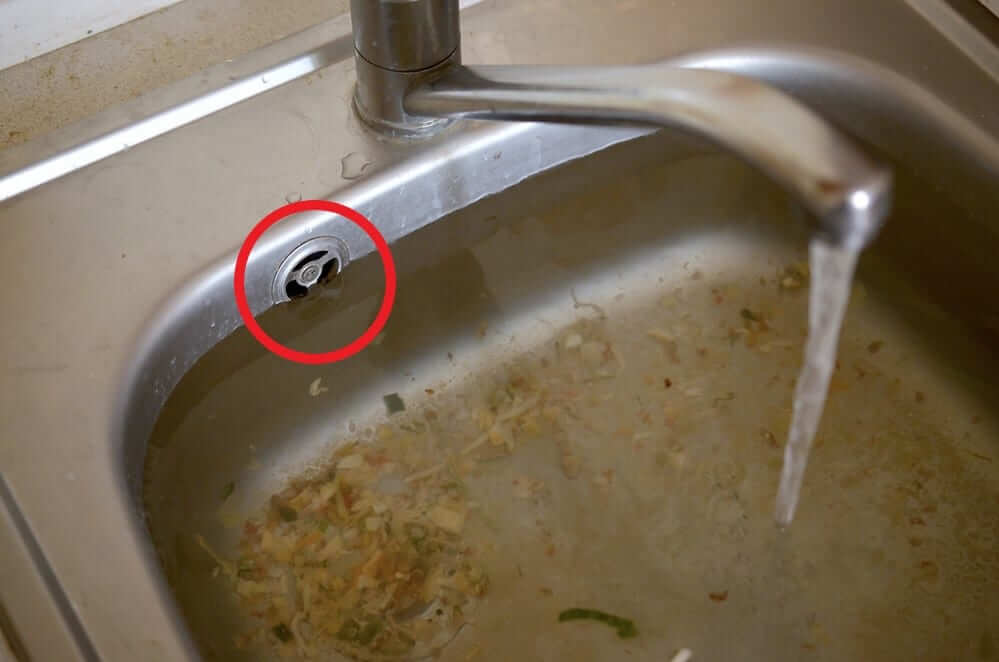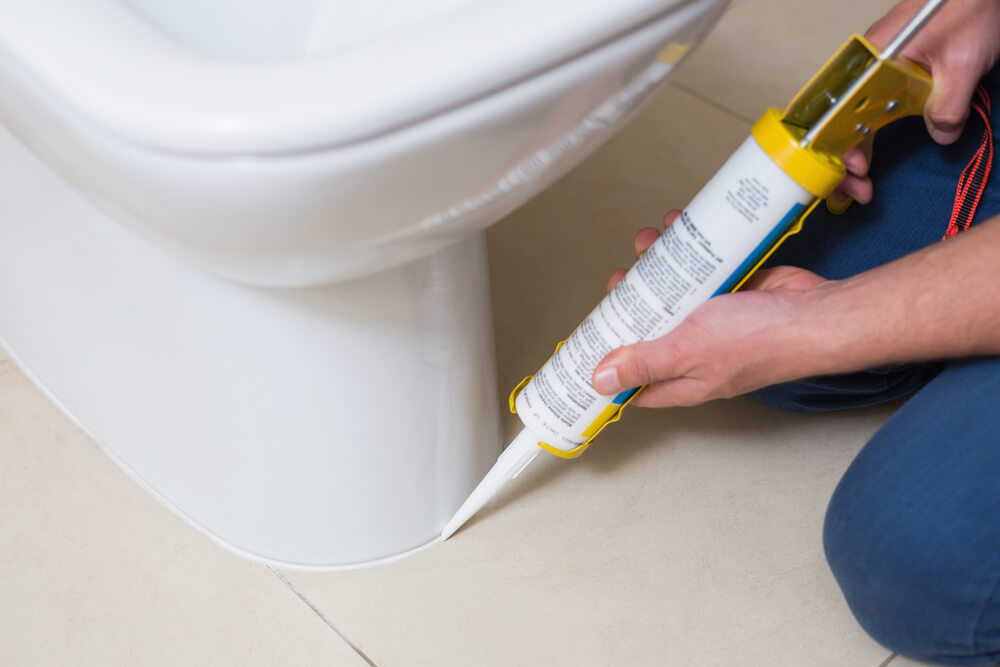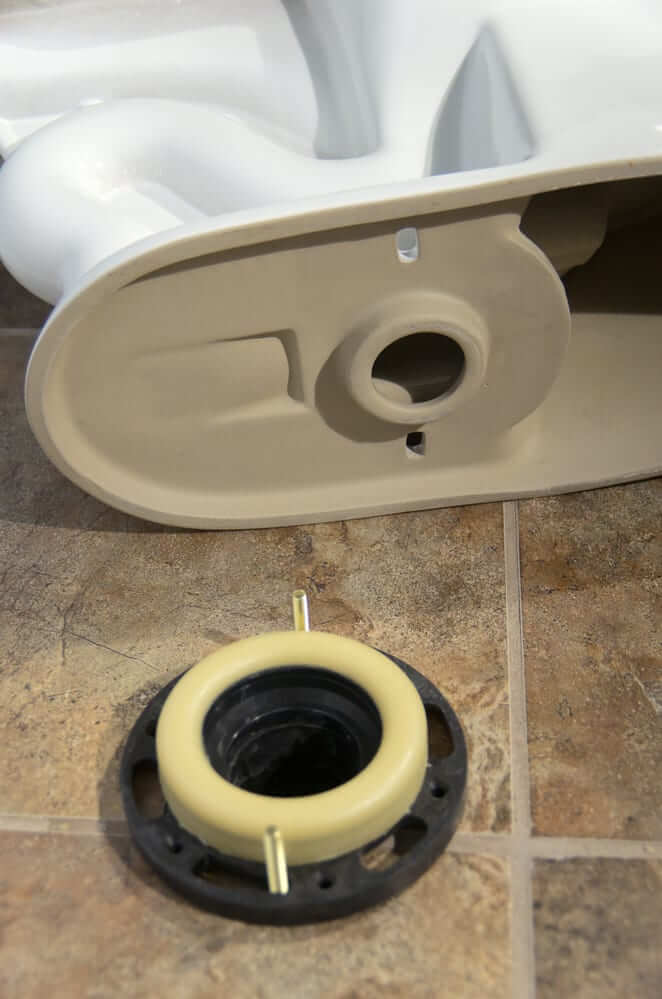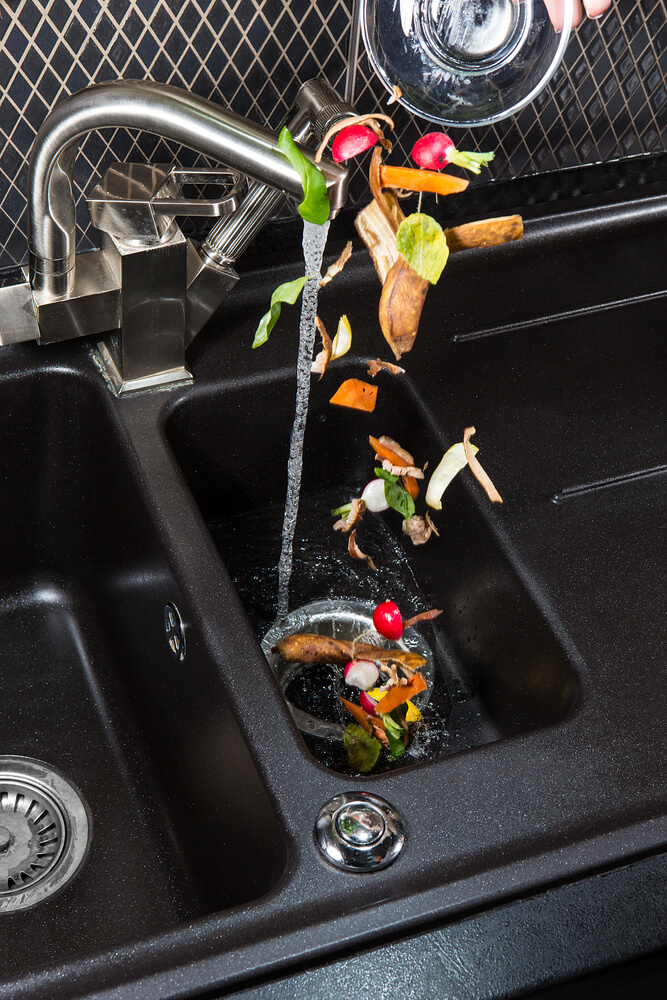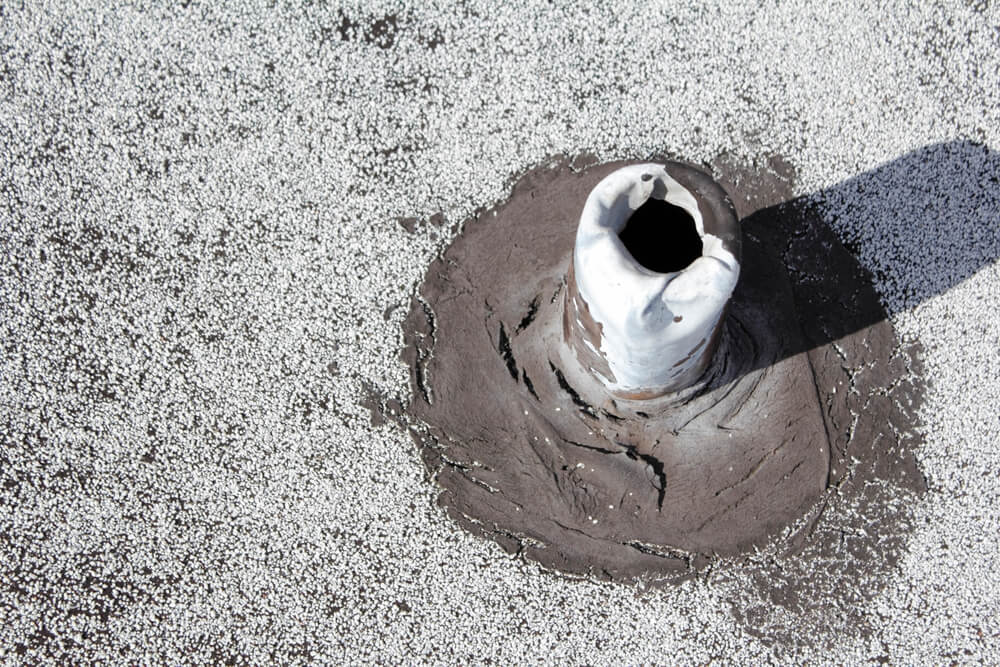How to get rid of sewage smell in your home
Clean the sink overflow – The sink overflow is that tiny hole underneath or across your faucet that collects water when it gets too high. Bacteria, hair, and other gross things can build up in there and smell. Clean it with a small bottle brush or mix a half chlorine bleach solution and half water to clear out any grime.
Caulk the toilet base – If you notice water leaking at the bottom of your toilet, it may be creating that horrible smell. Remove any old caulk at the base, clean any water and dirt, apply new caulk and use your finger to scoop off excess caulk, deepening the seal.
Examine the toilet wax ring – Your toilet meets the floor at a connection called a toilet flange. That then connects to the drainpipe. In between the toilet and the flange, there’s a wax ring seal. If this seal is not tight and your toilet is wobbling, sewer gas can enter your home. This seal can dry out and become an issue as well. If it’s defective, remove the toilet and replace the ring.
Bacterial growth – When a drain is clogged with organic matter like hair, skin, soap scum, or waste, you have created the perfect little environment for nasty bacteria to grow. Simple solutions like a plumbing snake or combinations of baking soda and vinegar can work, or maybe an enzyme-based cleaner. Try not to use a liquid drain cleaner because it can damage your pipes.
Check unused bathtubs and sinks – Maybe you have a guest room with a bathroom that goes unused. That could be the source of sewage smells leaking into your home. The toilet trap or P-trap holds a small amount of water to prevent odors from leaking in. Over time that water can evaporate and allow gas to enter. Simply flushing the toilet or turning on the sink can solve the issue. This can also occur with unused drains. Take a gallon of water and pour it down the stinky drain. This should refill the trap and stop the odor.
Check for leaks – Leaky pipes are a sure culprit of a sewage smell. Sewer pipes have gases that flow through them, and if there is a leak, you can be confident it’s going to smell. Even the most minor cracks can cause the most significant issues. Get them fixed as soon as possible, and keep in mind to find a plumber that works for you.
Check out more about – How to find drainage leakage
Garbage disposal splash guard – The underside of that black rubber piece you see in your sink drain is a common hiding place for food waste. Please do not attempt to clean the disposal while on or stick your hand down there anyway. Simply washing it with a brush will get the job done. Other things like mixes of citrus or baking soda and vinegar can keep stinky odors at bay.
Vent stack/pipe – A vent stack is meant to release sewer gasses that can build up inside of your plumbing system. They are usually on your roof. When there is a severe clog in the stack, like leaves or a bird’s nest, gasses will have nowhere to escape and end up in your home. Safely inspect the vent on your roof (if you do not feel comfortable, call a plumber instead) and clear out the debris. If you install a small screen or filter over the top of the vent, you could prevent things from getting down there.
Washer machine – Modern washer machines come with a flexible drain hose that connects to a P-trap. Plumbers can improperly install this hose, causing all sorts of problems, like allowing odors to seep in. Another problem could be a clogged drain line. Build-up like hair and soap will create nasty sewage smells. Use a drain snake to clear any clogs out, and if that doesn’t work, call a plumber.
How to get rid of sewage smell in your basement
Ejector pit – If you have a basement, you may have a bathroom or laundry room with an ejector pump. Sewer systems use gravity, and the basement needs a pump to reach the sewer line. So the ejector pump helps waste go where it needs to go. The ejector pit (also called a sump basin) is where the pump is located and needs to be adequately sealed and vented. If anything looks broken or cracked, that’s where the sewer gas is entering from. If the seal is secure and the pit is vented, the issue may be an actual component. Something is either damaged or missing. This particular issue may require professional help. Keep in mind the difference between a sump pump and an ejector pump. The sump pump is used to prevent flooding in areas where houses are below the water table line, while the ejector pump is used to help remove sewage, sending it up and out.
Basement floor drain – Your basement floor also has a floor drain with a trap underneath that. But this trap contains a section that bypasses the water trap. There is a little plug that stops the sewer gas from coming up. Every time you clean the drain, this plug needs to be put back in place. If it’s broken or missing, any hardware or plumbing store will have one you can purchase. Just ask for a cleanout plug.
If the sewage smell is still around
If the methods above don’t work, maybe it’s time for a more advanced solution. You should schedule a CCTV sewer camera inspection. This is a cost-effective solution to pinpoint the source of the problem and lead plumbers to the correct course. It’s simple, affordable, and highly recommended for houses that seem like the plumbing may be older or failing.
The problem may originate from damaged sewer lines. But don’t worry. We have solutions for those too.
Read also – Sewage backup health risks
When to call the professionals
If you allow sewage smells to go unnoticed or untreated for too long in your home, you may begin to feel serious consequences. Over time, the unhealthy combination of solid and liquid waste can cause headaches, vomiting, and more.
Before it gets worse, call a professional company like New Flow Plumbing. One of our best solutions to a damaged sewer line is trenchless sewer repair. We save property owners between 30 to 40% of their entire project cost with this innovative repair solution. Whatever the issue is, we are gladly willing to offer our services here if you need help.



